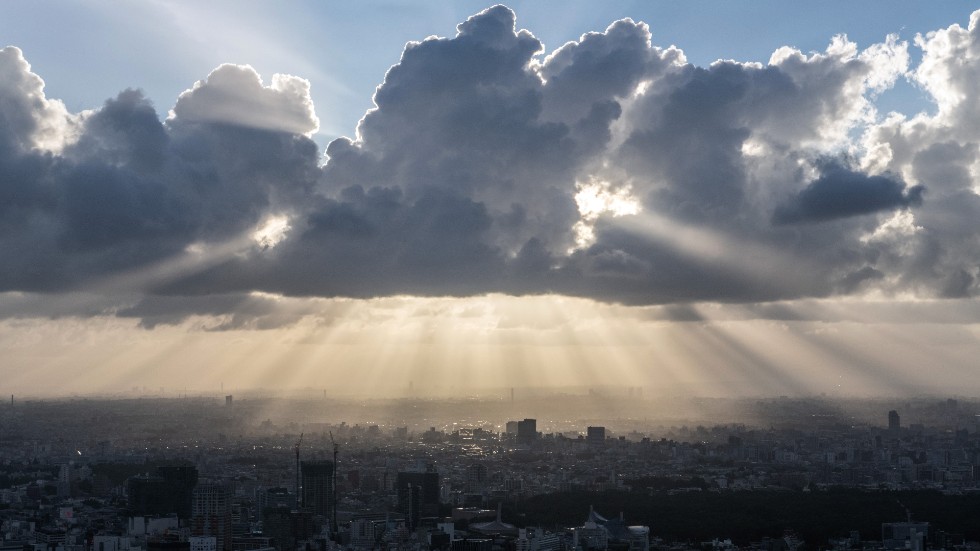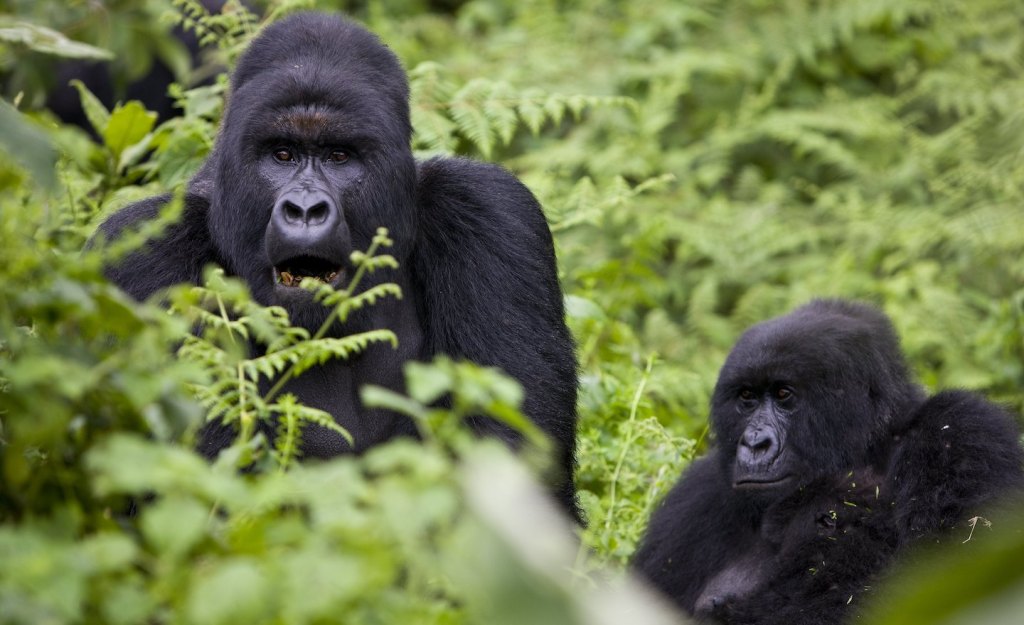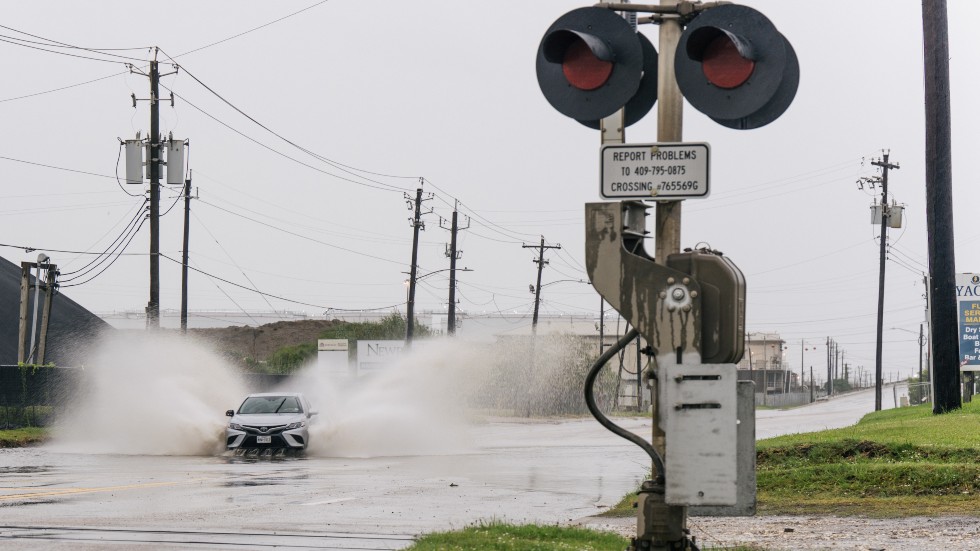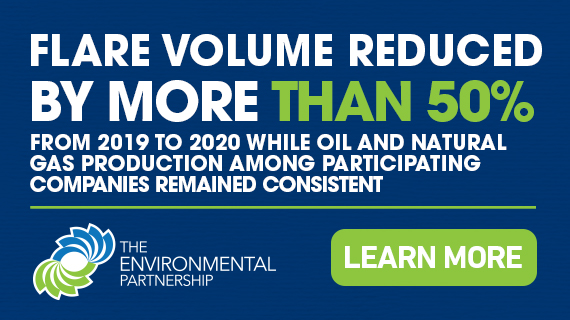Equilibrium/Sustainability — Presented by API — Climate fears leave 40 percent of young people scared to have kids

Today is Wednesday. Welcome to Equilibrium, a newsletter that tracks the growing global battle over the future of sustainability. Subscribe here: digital-staging.thehill.com/newsletter-signup.
Forty percent of young people fear having children as a result of the climate crisis, according to a study of 10,000 individuals aged 16-25 published in The Lancet. A higher number — about 60 percent — felt “very or extremely” worried about climate change, and felt “betrayal” by governments and their elders.
This isn’t just a sustainability dilemma because it could mean fewer future kids. Rather, it suggests a massive public mental health crisis, in which “psychological stressors threaten health and wellbeing,” and which led the study’s authors to call for greater “government responsiveness.”
And this climate action could benefit these young people long before such policy changes had any impact on the atmosphere. By sheer coincidence, as Saul was reading this report, he overheard two twenty-somethings discussing their fears of having children, as it pertains to climate.
But they might be even more worried if they’d read the latest study from famed climate scientist James Hansen, which suggests that our success in cleaning the air means more rapid warming of the climate. And a U.N. report on wild meat consumption suggests that the hunting of migratory animals for food could not only threaten the species, but it also could further disease spread from animals to humans.
For Equilibrium, we are Saul Elbein and Sharon Udasin. Please send tips or comments to Saul at selbein@digital-staging.thehill.com or Sharon at sudasin@digital-staging.thehill.com. Follow us on Twitter: @saul_elbein and @sharonudasin.
Let’s get to it.
Devil’s bargain on air pollution ‘comes due’

Efforts to clean up the atmosphere have been a success — and that’s going to lead the Earth to potentially warm twice as fast over the next 25 years as over the previous 50, climate scientist James Hansen writes in a new paper.
This apparent paradox stems from the idea that with clearer skies, more solar heat will come beaming down at the Earth’s surface.
Those accelerating rates of warming — which could lead to 2 degrees Celsius rise in average global temperatures by 2040 — underscore the need for rapid cuts in emissions. But another report released on Wednesday suggests a parallel climate problem: virtually no country is cutting emissions enough to keep heating below 1.5 Celsius, according to the nonprofit Climate Action Tracker.
Let’s start with the pollution paradox: Hansen told the Senate in 1988 that there was “a high degree of confidence” that greenhouse gas emission impacts were already “large enough to begin to affect the probability of extreme events such as summer heat waves.”
In a 1990 paper, Hansen pointed to a deal with the Devil: that the use of fossil fuels, which polluted the atmosphere with such particles, would help cool the climate temporarily — by reflecting more solar radiation out into space and preventing it from warming the Earth.
This is a similar effect to a study we reported on in July, which found that the 2020 Australian wildfires had helped cool the atmosphere.
The deal has now come due, according to Hansen.
PRESENTED BY API
The Environmental Partnership recently released its annual report highlighting its new flare management program that reported a 50 percent reduction in flare volumes from 2019 to 2020. Read more.
IT’S TIME TO PAY UP
Does that mean the pollution was good? No. It kills about 2 million people per year, according to the World Health Organization. And while aerosols blocked light that would otherwise have warmed the Earth, the greenhouse gases emitted alongside them have increased the amount of heat the air could hold.
In other words: cutting aerosol pollution leads to a much faster rate of heating. But it doesn’t lead to a greater amount of heating — that’s still dependent on the quantity of greenhouse gases.
Still, over the next couple of decades, that’s going to look like an academic distinction: the lack of sulfates means rapid warming “unless appropriate countermeasures are taken,” Hansen said.
Are we taking them? Not so far. Though there’s some positive motion on this front, it hasn’t amounted to nearly enough to limit warming to 1.5 degrees Celsius, according to the Climate Action Tracker (CAT) report, which was reviewed by the Associated Press.
The U.S. and Europe were graded “insufficient,” while the U.K. was “almost sufficient” and China “highly insufficient,” with world plans more likely to lead to a dangerous 3 degrees Celsius in warming, the A.P reported.
“Anyone would think they have all the time in the world, when in fact the opposite is the case,” Niklas Höhne of Climate Action Tracker partner NewClimate Institute told Bloomberg.
Is there any good news? A bit. The U.S. and E.U committed to cut methane emissions by about a third over the next decade, and are pushing other countries to do the same, Reuters reported.
Methane is about 80 times as powerful a greenhouse gas than carbon dioxide — into which it slowly decays — over two decades, meaning that those cuts will have outsized effects on near-term warming.
Last words: “Dr. Faust had to pay the debt himself,” Hansen wrote at the end of his report, referring to the infamous deal with the Devil, in which the doctor temporarily wins unlimited pleasure but ultimately loses his soul.
“We have willed it to our children and grandchildren,” he added.
Hunting for wild meat threatens species, increases disease risk: study

The capture of wild animals for domestic consumption not only poses a threat to protected migratory species, but also significantly increases the risk of zoonotic diseases like COVID-19, according to a United Nations report released Wednesday.
Hunting such animals for domestic consumption is taking a toll on most terrestrial species that are protected under the U.N.’s Convention on the Conservation of Migratory Species of Wild Animals (CMS), a news release accompanying the study said. The report, published by CMS and the U.N. Environment Program, also found strong evidence linking “wild meat taking and consumption” to zoonotic diseases — those like COVID-19 that are transmitted from animals to humans, potentially in markets.
“They’re kept in horrible cages where they’re stressed and suffering from trauma, and so their immune systems are suppressed — you almost couldn’t design a better way of encouraging pathogens, viruses, bacteria, parasites, to jump species,” Ian Redmond, tropical field biologist and ambassador for CMS, said at a virtual media briefing.
Most hunted species are used for meat: Of the 105 wild migratory species examined in the report, the authors found that 70 percent of hunted terrestrial mammals — 47 of 67 hunted species — are used for wild meat consumption.
While most global attention to the practice of “wildlife taking” has focused on international trade, the authors found that the taking of CMS species for wild meat consumption is driven by domestic trade. Of the 27 species used for meat consumption on the International Union for Conservation’s 99-species Red List, they found that 10 species were traded nationally and only two were traded internationally.
What about disease spread? The report identified 60 zoonotic viral pathogens hosted by the 105 migratory species that they studied. Wild meat taking and consumption, the authors explained, is “the direct and causative agent for the spill-over into humans for Monkeypox virus, SARS, Sudan Ebola virus and Zaire Ebola virus.”
While the U.S. intelligence community has determined that the origins of SARS-CoV-2 — the virus that causes COVID-19 — was still inconclusive, several elements of the community had a low degree of confidence that the disease resulted from zoonotic transmission, as The Hill previously reported.
And with human infrastructure and economic activities encroaching upon remaining intact wildlife habitats, wild meat taking has become much more accessible — meaning that the risk of spread of such diseases to humans is increasing, the authors warned.
Which of the animals are hunted most for their meat? Three gorilla subspecies: Western Lowland gorillas, Gravers gorilla and the Cross River Gorilla, according to the study. While the wild meat of other carnivores and elephant species are also consumed, the authors said it is often impossible to separate the impact of wild meat hunting from trophy hunting.
‘THE BOTTOM LINE’
What can officials do? The authors made several recommendations:
- Pay attention to domestic use and trade of CMS species
- Review national hunting regulations
- Increase capacity for monitoring and enforcement
- Identify key contributors to illegal wildlife use for domestic consumption
- Prioritize research on risks associated with the wild meat trade
- Collate data on hunting offtakes and species abundance
- Cooperate across borders
Give people an alternative: Robert Nasi, director-general of the Center for International Forestry Research, stressed the importance of providing a viable alternative. In many places, he explained, wild meat from migratory species brings families the cash they need to purchase essential items. One alternative, both Nasi and Redmond suggested, is by bringing monetary value to specific species.
“Some people see the recognition of the ecosystem services provided by those species in their natural habitat [as] a way out of poverty — if the world were to pay for that,” Redmond said.
Last words: Amy Fraenkel, CMS executive secretary, reiterated that the study was only looking at migratory wildlife in decline, and that hunting could remain a viable option for other populations, if it occurs sustainably.
“We need to find alternative nutrition and make sure that if they’re taking, the taking is legal and sustainable — that’s the bottom line,” Fraenkel said at the press briefing.
Read the full story here.
PRESENTED BY API
The Environmental Partnership recently released its annual report highlighting its new flare management program that reported a 50 percent reduction in flare volumes from 2019 to 2020. Read more.
Water Wednesday

A car speeds through a flooded street ahead of Tropical Storm Nicholas.
Rainfall in Death Valley sprouts snow-like ‘salt flowers’
- Recent rainfall that fell over California’s Death Valley caused some of the hills “to sprout salt flowers,” the Department of Interior tweeted.
- This phenomenon, which makes the hilltops look snow-covered, occurs when rain soaks into the soil and dissolves the salts that are beneath the surface, according to the Department.
- When the rain evaporates, it then pulls the salts to the surface, the Department said.
Torrential Nicholas rains have a silver lining for post-Ida Louisiana
- Tropical Depression Nicholas is dumping water on the stoic survivors of Hurricane Ida as it “crawls” over Louisiana, the A.P. reported.
- That has meant added blows to already-damaged public and private infrastructure.
- Nicholas soaked the upstairs of Terry and Patti Dardar’s home just north of the Gulf, just two weeks after Ida ripped off their tin roof and shut down their utilities.
- “But it also provided them with badly needed water,” the A.P. reported. Their children collected the water in jugs, filtered it, and “a pump powered by a generator brought the water inside.”
- The family isn’t moving, Patti Dardar told the A.P. “This is our home.”
Women prisoners complain of contaminated water after Ida
- Women incarcerated at two prisons in New York State said that their water was contaminated and caused them to be sick, in the aftermath of Hurricane Ida, NBC News reported.
- “They didn’t have much bottled water in the commissary for them to buy,” one mother who went to visit her daughter told NBC. “My daughter said her urine was so dark because she had been sipping on one bottle of water for a week.”
- The two facilities in question are located in Bedford Hills, about 40 miles north of New York City, according to NBC. The day after Ida hit, the water became “foul-smelling” and “tasted like dirt and chemicals,” one prisoner, Brittany Austin, told NBC.
- In a recent town update, Bedford’s commissioner of public works attributed the issue to a switch between water sources, but said that the town doesn’t monitor the quality of water inside correctional facilities, according to NBC.
Please visit The Hill’s sustainability section online for the web version of this newsletter and more stories. We’ll see you on Thursday
Copyright 2024 Nexstar Media Inc. All rights reserved. This material may not be published, broadcast, rewritten, or redistributed..















